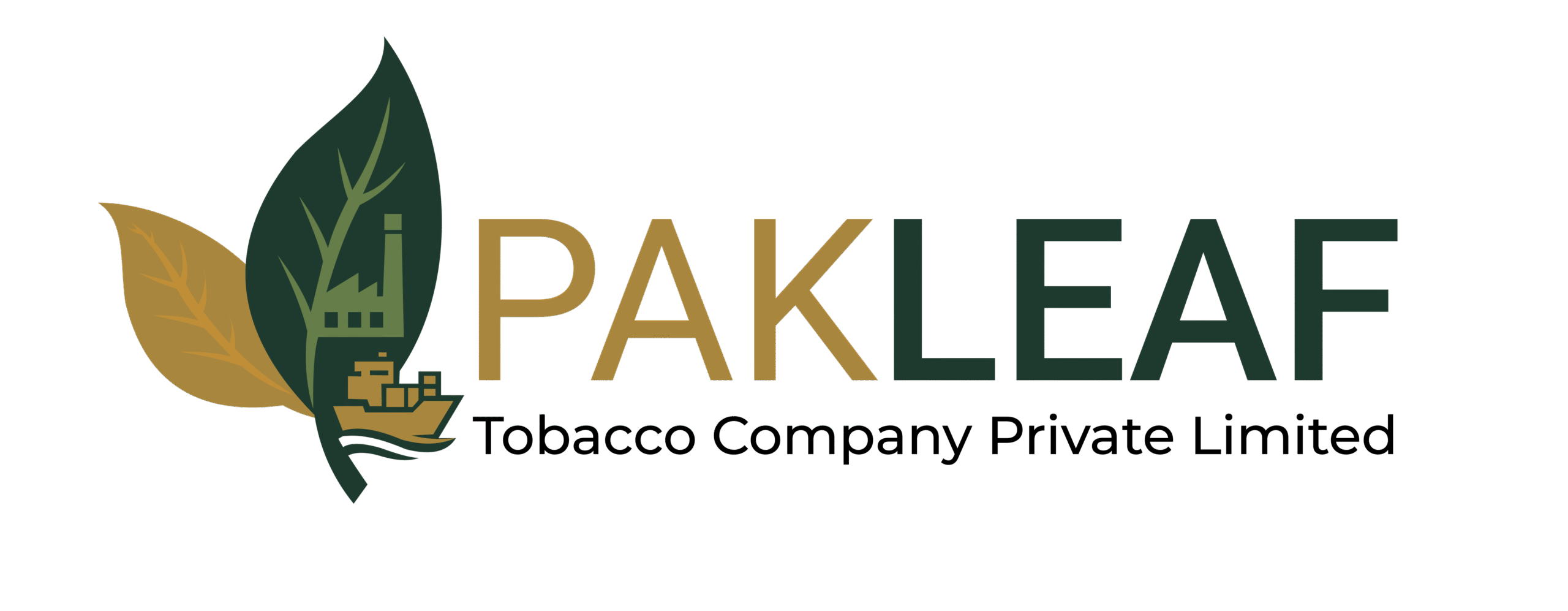- Contact sales@pakleaftobacco.com
- Call Now +923145682937
- Mon – Fri : 9:00 - 05:00
Flue Cured Virginia
Flue Cured Virginia

Virginia / Cigarette Tobacco
Virginia tobacco, commonly known as Cigarette Tobacco, is primarily grown in the Khyber Pakhtunkhwa (KPK) province of Pakistan. It is cultivated in two major regions:
Plain Areas: Charsadda, Mardan, Swabi, Nowshera, and Malakand Agency
Area: 20,000+ hectares
Production: 48 million kg+
Chemical Composition: Nicotine (1.3–2.5%), Reducing Sugar (9–16%), Chloride (0.75–0.90%)
Sub-Mountain Areas: Buner and Mansehra
Area: 6,000+ hectares
Production: 12 million kg+
Chemical Composition: Nicotine (1.3–2.8%), Reducing Sugar (12–18%), Chloride (0.60–0.80%)
Texture: Medium to open-grained with a firm leaf structure
Usage: Primarily used in the manufacture of cigarettes.
Soil & Season: Best suited to loamy soils, with a growing season from March to September.
Production Control: Regulated based on demand from tobacco companies. Crop size is finalized after official demand figures are published.
Grower Practices: Farmers also serve as nursery growers, build conventional barns, and curing is managed by trained curers/firemen.
Economic Importance: Virginia tobacco is a profitable cash crop, fulfilling domestic demand with a portion allocated for export.
Support: Growers receive ongoing assistance and guidance from the Tobacco Board to ensure quality and sustainability.
Contact Details
Address
Swabi KPK PAKISTAN
Call Us
+923145682937
info@pakleaftobacco.com
